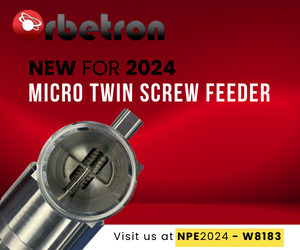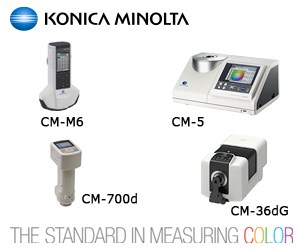Plasmatreat's Technology is Transforming Manufacturing with Innovation and Sustainability
NPE2024: Advancements and forward-thinking initiatives in plastics manufacturing will be highlighted.

Pioneering advancements and forward-thinking initiatives in plastics manufacturing is the focus of Plasmatreat at NPE2024. With its Openair-Plasma technology, the world market leader for atmospheric plasma treatment presents a safe, efficient and environmentally friendly alternative to conventional surface cleaning and activation for plastics.
Trade show visitors can experience a demonstration of plasma treatment and printing on polypropylene (PP), which is a material that has a low surface energy that makes it challenging for inks to adhere properly. Plasmatreat is showcasing its technology inside an SAR Automation LP work cell utilizing process automation with a KUKA industrial robot. Through a live demonstration, visitors are able to see how the technology can enhance the surface tension to greatly improve printability as a PP frisbee is treated with plasma and then printed on a Mimaki UJF-6042 MkII e flatbed UV inkjet printer.
Plasma treatment proves effective not only in printing applications but also in enhancing adhesion. This process significantly boosts the surface's wettability, thereby increasing its ability to adhere. Plasma treatment provides improved bond strength for adhesives and coatings, as well as improves the printability of the material.
Plasmatreat’s technology serves as a cornerstone for cost-effective solutions in material processing, offering an expansive array of benefits that go beyond mere cost savings. One of its primary advantages lies in the versatility it brings to material selection. By harnessing plasma, industries can pivot toward utilizing more economical standard plastics, thus sidestepping the financial burden associated with expensive engineering plastics. Furthermore, plasma processes can facilitate the seamless integration of recycled materials into production lines. This not only contributes to sustainability efforts but also ensures reliable and efficient processing, mitigating concerns over material integrity.
An additional feature of plasma technology is its ability to address the challenge of joining incompatible plastics. Through precise plasma treatment, these materials can be bonded together effectively, opening doors to innovative manufacturing possibilities. Plasmatreat’s live table is showcasing how plasma activates various surfaces and visitors can watch real-time demonstrations of various plastic materials. Visitors can also learn how to troubleshoot adhesion and cleanliness issues with Brighton Science’s BConnect process monitor.
Plasmatreat has solutions for all industries. They focus on industrial-scale microfine cleaning, activation and coating of surfaces made from all types of plastics, and composites — materials that are used in multiple sectors of manufacturing. In extruding plastic films, printing and bonding of nonpolar materials such as PP, PE and recycled materials, Openair-Plasma is a key technology for cost-effective and environmentally responsible manufacturing. Plasmatreat enables hard-to-bond material combinations for the next generation of product development through partnership and innovation.
Related Content
-
OMV Technologies Gets New CEO
Kooper brings 33 years of experience in the industrial and consumer packaging industries to OMV--the closed-loop, turnkey, inline extrusion, thermoforming and tooling systems manufacturer.
-
Sustainable Materials is Focus of Thermoforming Exhibits at K 2022
Thermoforming equipment makers including WM, Kiefel, and OMV will showcase processing of recyclable and biobased materials.
-
LED Signal Tower Available in White, Cleanroom Ready
Werma’s eSIGN LED signal tower is now available in white, with a variety of signaling modes.















